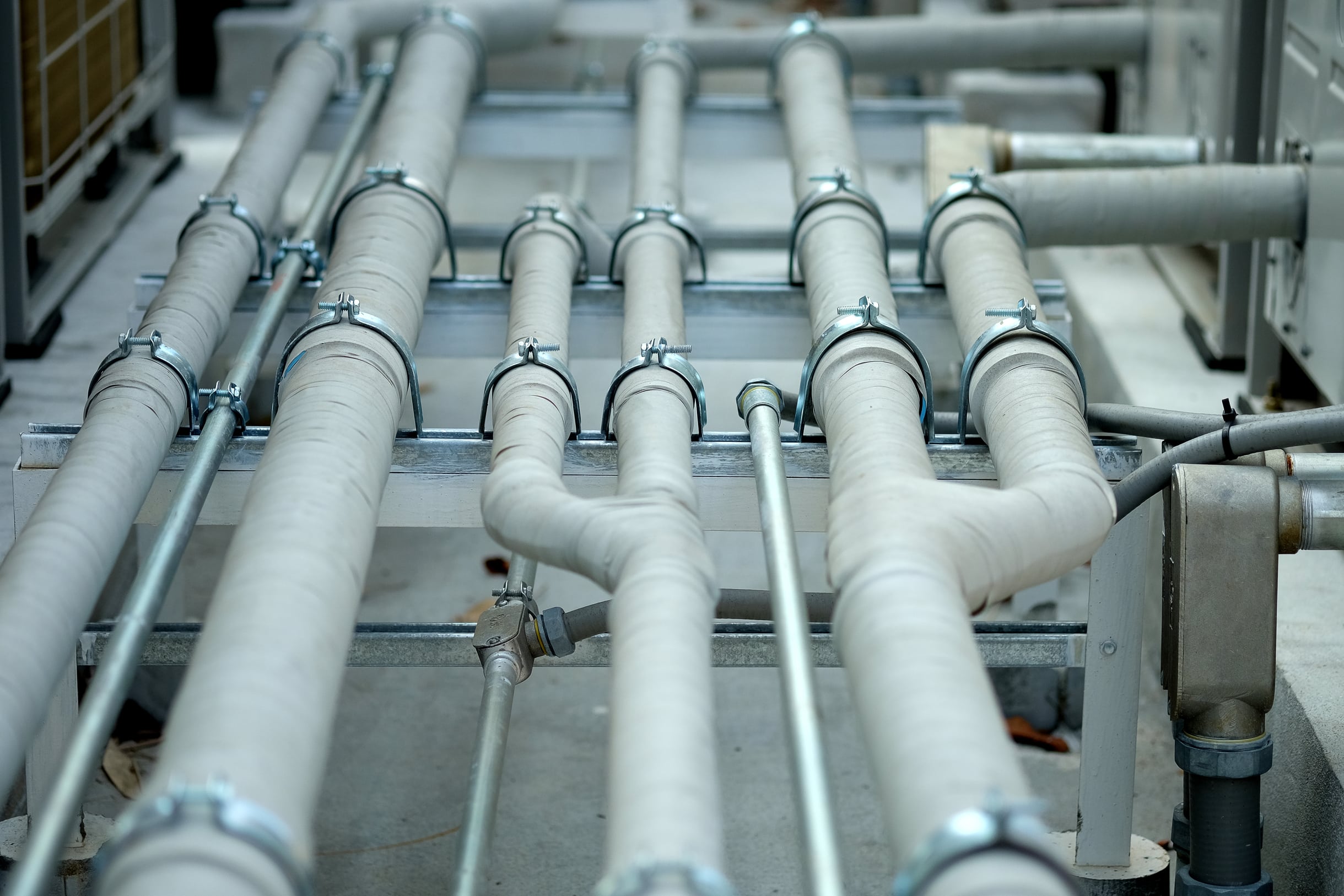What are the best practices for installing a smart home hub in a UK period property?

Today, the integration of smart home systems into our daily lives is transforming the way we interact with our homes. These systems allow for a level of convenience and automation that was once considered futuristic. However, when it comes to installing a hub in a period property in the UK, it could be a challenging task due to the unique design and construction of these buildings. This article aims to equip you with the best practices in achieving this task, while maintaining the integrity of your period property.
Understanding a Smart Home System
A smart home system is a suite of devices, appliances, and other components that communicate with each other and can be controlled remotely by a smartphone or computer. It includes a wide range of products such as security cameras, thermostats, lighting fixtures, and more that can be controlled via a central hub.
Have you seen this : How to design a multifunctional room divider for studio flats in the UK?
The hub is the brain of the smart home, connecting all the different devices and enabling them to work together. It allows you to control all aspects of your home, from heating and lighting to security systems, either through an app or voice commands via systems like Google Home or Amazon Echo.
Selecting the Right Devices
When considering the installation of a smart home system in your period property, it’s important to select devices that are compatible not only with your hub but also with the architectural features of your home.
Also to discover : How can you create a kitchen garden on a UK flat’s balcony using vertical planters?
For instance, choosing smart heating devices that can be controlled remotely can help maintain a constant temperature and save energy. However, the design of your period property may not accommodate modern heating systems easily. Therefore, it’s essential to choose devices that can be seamlessly integrated into the existing infrastructure without compromising the aesthetic appeal of the property.
Installing the Smart Home Hub
The placement of the hub plays a critical role in the effectiveness of your smart home system. A centrally located hub ensures that it can easily communicate with all connected devices. In period properties, thicker walls and multiple floors can interfere with signal strength. Therefore, you may need to consider additional signal boosters or mesh networks to ensure a reliable connection throughout your house.
Furthermore, it is important to consider the visual impact of the hub in your interior design. Most smart home hubs are designed with a modern aesthetic that may clash with the traditional appearance of period properties. Therefore, you might want to consider custom housing or creative placement to blend the hub with your property’s interior design.
Ensuring Home Security
The advantage of having a smart home system is the ability to enhance your property’s security. However, the system itself needs to be secure. As everything is interconnected, if one device is compromised, it can potentially affect your entire system.
To prevent this, always choose products from reputable brands that prioritise security. Regularly updating your hub and connected devices will also help to ensure they are protected from the latest threats. In addition, secure your home network by using a strong, unique password and consider setting up a separate network for your smart home devices.
Balancing Convenience and Energy Efficiency
Smart home systems offer unparalleled convenience, but they can also help to make your home more energy-efficient. For example, smart thermostats can learn your routine and adjust the heating accordingly, reducing energy waste. Similarly, smart lighting can be programmed to switch off when a room is not in use.
However, it’s crucial to balance the desire for convenience with the need for energy efficiency. Always consider the energy rating of smart devices before purchasing them. While some devices may offer more features, they may also consume more energy. By considering energy efficiency during device selection, you can ensure that your smart home system is both convenient and sustainable.
The integration of smart home systems into period properties can offer a unique blend of comfort, convenience, and style. With careful planning and consideration, you can enjoy the benefits of modern technology while preserving the timeless charm of your property.
Smart Home System Maintenance
Once you have successfully installed your smart home system, it is essential to conduct regular maintenance to ensure its smooth operation and longevity. This involves updating the software regularly to ward off potential security threats, cleaning the devices to prevent dust accumulation, and replacing batteries or parts when necessary.
With a proper maintenance schedule, you can ensure the optimal performance of your home devices. Regular software updates not only provide the latest security patches but also add new features or enhance existing ones. This ensures your smart hub, be it a Google Home or Nest Hub, always has the latest capabilities and can efficiently co-ordinate the operations of other smart devices.
Just like any home appliance, your smart devices also require physical maintenance. Dust accumulation can disrupt their performance and shorten their lifespan. Regular cleaning with a soft cloth can help maintain them in good condition.
Remember, some devices like smart speakers rely on batteries for their operation. Therefore, regular inspection of such devices is crucial to replace any dying batteries and prevent possible failures. When replacing any parts, always opt for those from the same brand, as they are more likely to be compatible and reliable.
However, maintenance isn’t restricted to just smart devices. Your home network also needs regular updating and scanning for potential threats. Remember to change your passwords regularly for enhanced security, and consider using two-factor authentication for added protection.
Conclusion
Transforming a period property into a smart home might seem challenging, but with careful planning and implementation, the task becomes feasible and rewarding. By selecting the right home products, installing an effective smart hub, and maintaining the home automation system properly, you can enjoy the luxury of a smart home while maintaining the charm of your period property.
It is essential to remember that the efficiency of a smart home system heavily relies on its hub and the compatibility of the devices connected to it. From regulating your heating system to offering voice control through devices like Google Assistant, a smart home system’s possibilities are truly remarkable.
However, the system’s security should always be a priority. Regular software updates, along with strong, unique passwords, can ensure the safety of your system. Additionally, balancing convenience with energy efficiency would allow you to enjoy the best of both worlds – a comfortable, automated lifestyle that is also sustainable.
In conclusion, a smart home system in a UK period property can offer a unique blend of traditional charm and modern convenience. By following the best practices discussed in this article, you can successfully install and maintain a smart home system that elevates the quality of your daily life.
